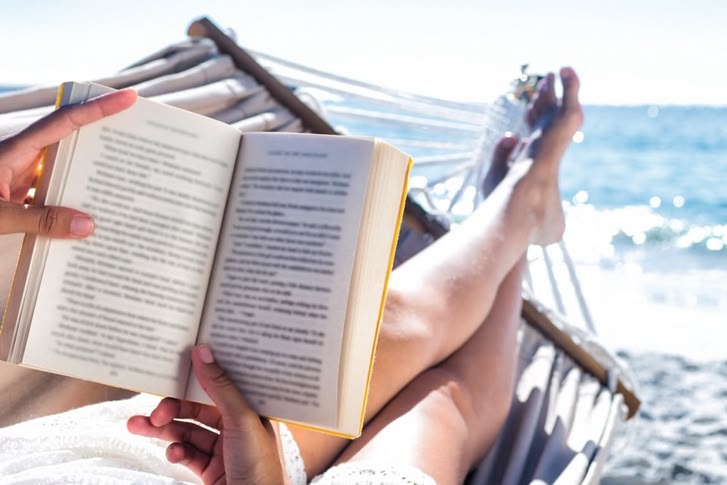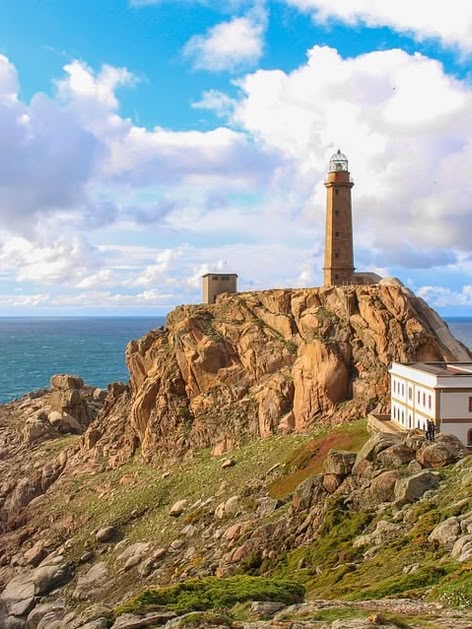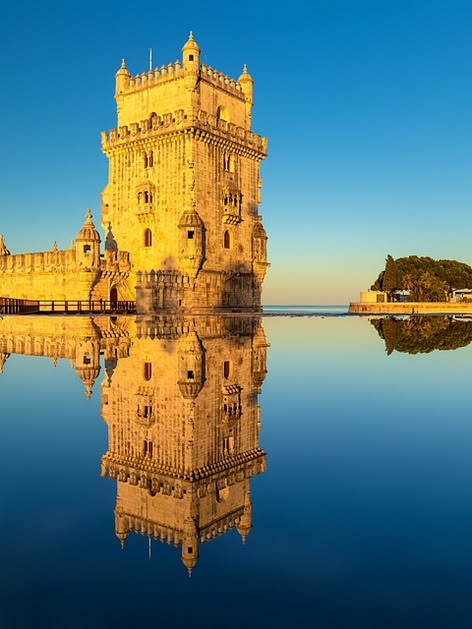Learn Portuguese in Portugal
Explore Portuguese in its picturesque homeland, Portugal!
Portuguese is not only the official language of Portugal but also a bridge to rich historical and cultural traditions that span the globe. Studying Portuguese in Portugal offers a unique opportunity to engage directly with the language's roots, from Lisbon's ancient streets to Porto's scenic riverbanks.
In Portugal, language learning transcends the classroom-you'll experience the authentic lifestyle, from traditional Fado music to the celebrated cuisine. Our immersive approach ensures you absorb every nuance of Portuguese while exploring the country's world-famous vineyards, stunning coastline, and historic architectur, developing your confidence around any intercultural encounter.
At Languages Abroad, we are dedicated to helping each student achieve their personal and professional goals. Whether you're looking to further your education or enhance your career, our comprehensive programs are designed to provide you with the skills needed for success in the global arena.
Start your Portuguese adventure with Languages Abroad today!
Our Path to Portuguese Fluency
Find your level
Complete beginner or advanced student?
All proficiency levels from A1 to C1 are welcome to start a course with us!
Find your aims
We offer a range of standard, intensive and private courses, as well as volunteering, internship and surfing programs!
Find your home
Immerse yourself culturally with homestay options or enjoy the freedom of self-catering accommodations.
Find your future
Your new, hard-earned language skills will open new doors as you discover the next steps on your journey.
Portuguese in the Professional Landscape
Proficiency in Portuguese is increasingly important in the realms of international business, academia, and diplomacy, especially within the growing markets of Brazil and other Lusophone countries. A wide array of international firms and diplomatic missions prioritize candidates who are proficient in Portuguese to streamline communications and strengthen partnerships within these dynamic markets. This skill enhances cross-cultural interactions, promoting global collaboration and enriching professional networks. Proficiency in Portuguese not only bolsters career prospects but is also pivotal for advancing in competitive roles, penetrating new markets, or leading discussions on international stages.Cultural and Educational Advantages
Portuguese acts as a gateway to a diverse spectrum of cultural expressions, from the evocative rhythms of Brazilian samba to the profound literary traditions of Portugal. Immersing yourself in this content through the Portuguese language enriches your understanding of these vibrant cultures and enhances your global perspective. Moreover, mastering Portuguese provides access to prestigious educational institutions in both Brazil and Portugal, known for their excellence in various academic disciplines. Investing in your Portuguese skills not only broadens your cultural and intellectual horizons but also equips you with a unique tool for personal and professional growth, enabling you to excel in our interconnected global community.

Master the Basics
In the pursuit of language mastery, starting with a firm grasp of the basics is paramount. Establishing a strong foundation in grammar, vocabulary, and pronunciation lays the groundwork for more advanced learning and attaining fluency.Utilize Technology
Tools such as AI chatbots and language learning apps can provide structured lessons, supplement learning and highlight specific weaknesses in your English ability.Practice Speaking
Active participation in speaking, despite initial discomfort or fear of making mistakes, is crucial for language growth. Seeking out opportunities for conversation facilitates real-world application and is the quickest way to boost confidence. Soliciting feedback from peers, tutors, or language instructors will also offer valuable insights and strategies for improvement.Write to Improve
Embracing writing as a means of practice and self-expression further solidifies language skills and reinforces grammatical structures and vocabulary usage.Expand Vocabulary
Regular exposure to new words and phrases, whether through reading, listening, or vocabulary exercises, broadens linguistic proficiency and enhances expressive capabilities. Similarly, honing listening skills through exposure to podcasts, audiobooks, and news broadcasts sharpens comprehension abilities and acustoms learners to diverse accents and speech patterns.Set Goals
Setting achievable language learning goals serves as a roadmap for progress and provides a sense of direction and purpose. Tracking milestones and celebrating small victories along the way serves as a source of motivation and encouragement to stay committed to the learning journey.


Contact us
We're here to help you on your Portuguese language learning journey!
Questions about our courses? Need assistance with enrollment? Interested in finding out more about our programs?
Our friendly team is more than willing to assist you.
Contact us by clicking the link below and filling out our contact form.
We promise a prompt and helpful response to all your inquiries.


